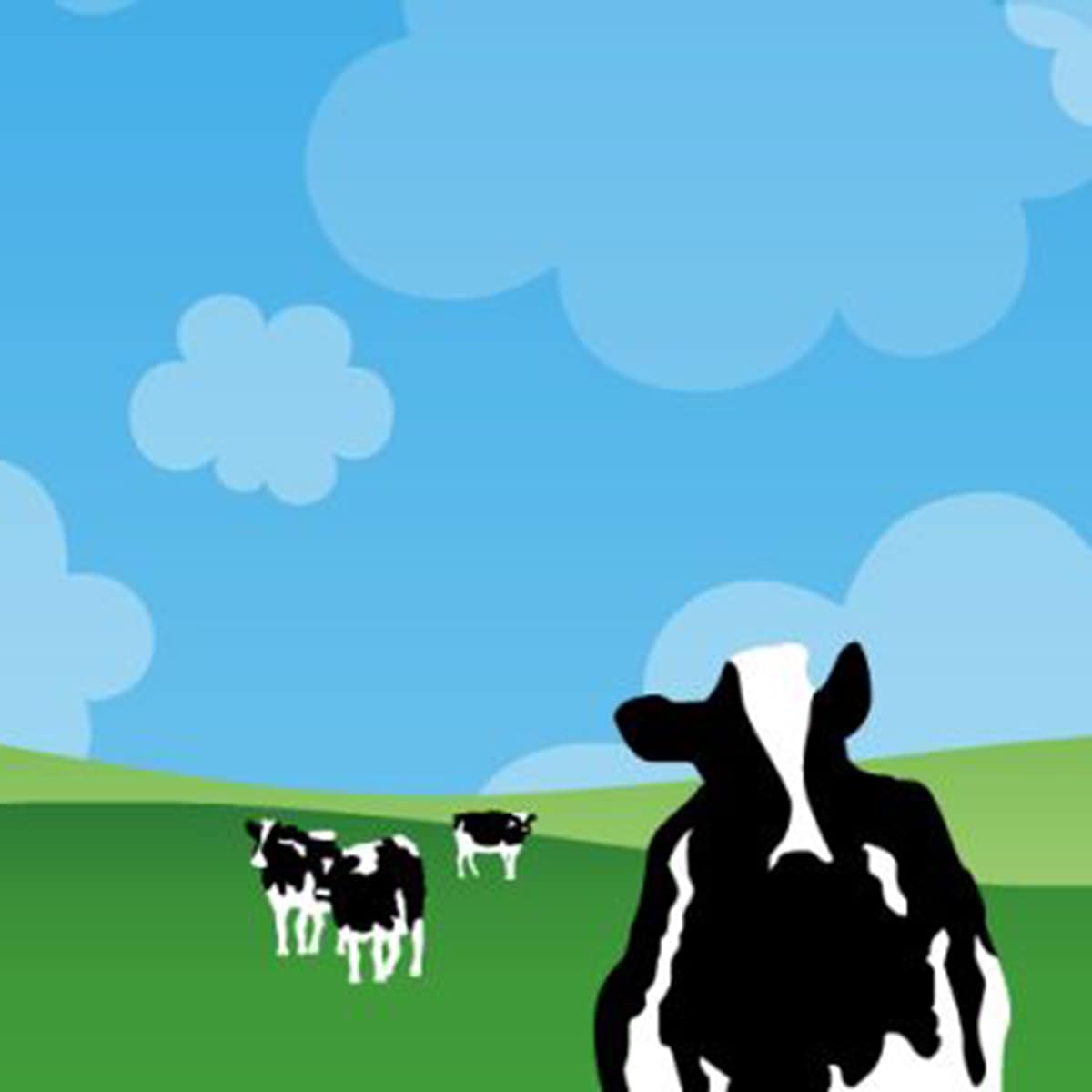August 30, 2016

The Wonders of Water
At Ben & Jerry's, we're big fans of water. Without it there'd be no ice cream - that much is obvious! Not to mention no other foods, animals, ecosystems, or anything else we hold dear. Distressing though this thought is, it's just one of the many compelling reasons we're so concerned about water. Fortunately, we're not alone: this week is World Water Week, during which almost 300 organisations from 130 countries will meet in Stockholm to talk about this most precious of natural resources, and the threats posed to it by climate change.
Aside from the more obvious consequences of climate change - higher temperatures, rising sea levels - there are a whole host of other less apparent but equally damaging knock-on effects waiting in the wings. Looming large among these is the wreaking of havoc on the world’s water cycles, and the impact is already being felt around the globe. We’ve put together just four of the more pressing water issues caused by climate change - read on to find out more.
Flooding
Our water is constantly on the move, circulating between the oceans and the atmosphere by means of evaporation and rainfall. Rising global temperatures mean warmer air, and since warmer air can hold more moisture, more and more water vapour is evaporating into the atmosphere. More water vapour causes more intense rainstorms, leading to a massive increase in instances of catastrophic flooding in low-lying and vulnerable coastal regions around the globe.
Drought
Flooding is just part of the picture. Warmer temperatures also cause soil to dry out, and when rain falls on dry soil a large proportion of the water simply runs off into streams and rivers without soaking into the ground. This leads to even further evaporation and even drier soil, and when added to decreased rates of precipitation in already dry regions it starts to look a lot like the perfect recipe for drought.
Melting
Next up are the glaciers and the polar ice caps, which reflect warming radiation from the sun into space and keep our climate mild. Like the fudge ice cream cones in a pint of Ben & Jerry's Save Our Swirled ice cream, they appear to be melting. As well as causing sea levels to rise, this is significant because glaciers act as natural reservoirs for the world's fresh water, stockpiling it as ice in winter and then gently distributing it throughout the summer. Thanks to global warming, they're melting at an alarming rate, meaning more water, more evaporation and more extreme weather around the planet – which, like ice cream, is best kept frozen.

Food Supply
This intensification of the water cycle puts a huge strain on the global food supply. This has some pretty real world consequences, particularly for those living in poorer regions of the globe and whose livelihood depends directly on agriculture. Severe weather events like floods play havoc with crops, while heat waves and droughts turn grazing lands into desert, killing huge numbers of animals. Failing crops and ailing livestock displace masses of people around the planet, which continues to drive the deepening refugee crisis gripping the world today.
Put mildly, climate change is bad news, and its effects are further reaching and more alarming than most of us could have ever imagined. Fortunately, it's not too late to take action!
Keep the Pressure On!
In December 2015, world leaders gathered in Paris for the United Nations Climate Summit. Thanks in part to the nearly 3.5 million people who showed their support by signing the Avaaz petition, this resulted in the landmark Paris Agreement. So far, 55 countries have ratified the agreement, but that's not enough for it to go into effect - it's vital that we keep the pressure on! Now more than ever, we need to show our leaders that we're committed to a cleaner and greener future, so sign the petition today and add your voice to the millions demanding climate action!

